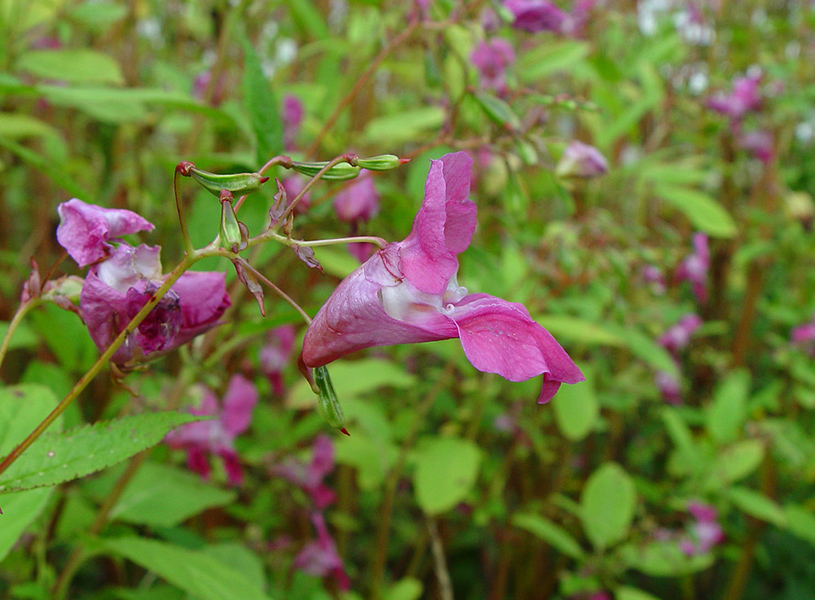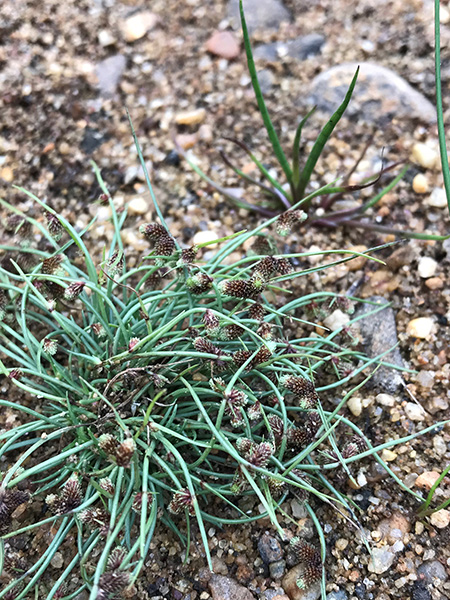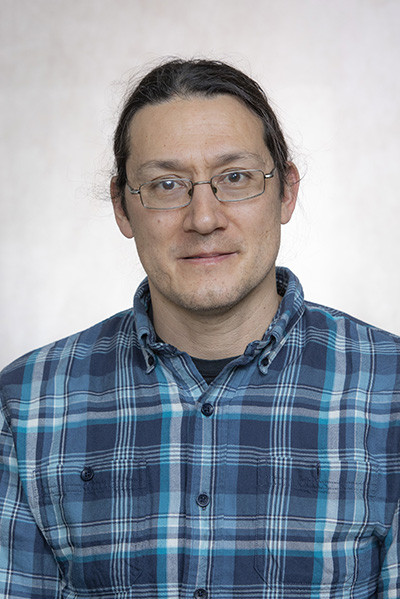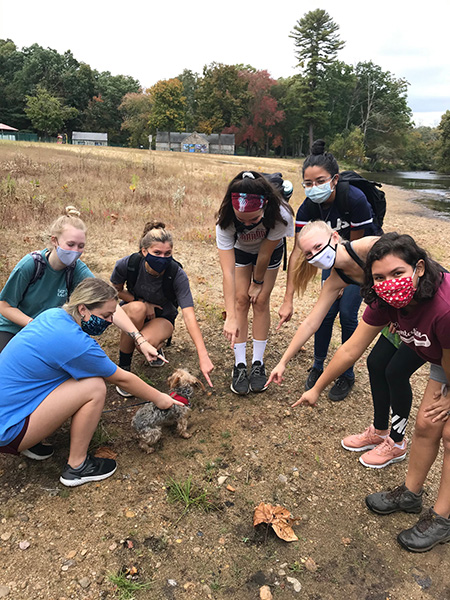- Apply
- Visit
- Request Info
- Give
Botanists’ search in Windham yields new plant discoveries
Eastern professor updates local herbarium record
Written by Michael Rouleau
Published on June 07, 2022
A botanist from Eastern Connecticut State University was recently published by the New England Botanical Society (NEBS) for his efforts to update Windham County’s herbarium record — a database of local plant species. Published in the journal “Rhodora,” Biology Professor Bryan Connolly and co-author Lisa Standley, curator of the NEBS herbarium, collected 49 first-time entries into the county’s herbarium record. Only 14 (29%) of the species are native; the remaining 35 (71%) are introduced/non-native.
The collection occurred over four days in 2020 when Connolly and Standley, with the help of Eastern students, surveyed old fields, agricultural lands, wetlands, forests and city parks in Windham County. In total, 319 different species were collected, 68% of which (216) were native and 32% were introduced.
Previous research by Standley indicated that Windham County was somewhat “under-collected,” i.e. many species present throughout the region were not included in the local herbarium record. “Our goal was to update the herbarium record with modern collections to support research on biodiversity, distribution and phenology,” wrote the authors in their paper, titled “Updating the Vascular Flora of Windham County, Connecticut.”
The last comprehensive inventory of the area, according to Connolly, was published in 1959 in “The Flora of Windham County: A Checklist,” by Alan W. Upham. “If studies like this aren’t conducted there is no way to tell what the environmental trends are,” said Connolly. “(It’s) good to collect and document species over time.”
As noted, the majority of new species (71%) added to the record in the recent outing are “introduced,” AKA non-native. “More introduced species is indication that more of the biodiversity is shifting to non-native species,” said Connolly, “which often don’t have the evolutionary history to support other native organisms, such as pollinators and caterpillars.”
Connolly clarified that “invasive” is a subset of introduced/non-native. “Dandelions, most clover and daisies are non-native, but also not considered invasive,” he said. “Invasives are an aggressive group of non-natives.”
One unexpected recent discovery was a large invasive from Asia known as Himalayan basalm (Impatiens glandulifera), also known as Himalaya touch-me-not or ornamental jewel weed. The six-foot tall purple/pink-flowering annual arrived as a planted ornamental, “which is how a lot invasives get here,” said Connolly.
Another addition to the herbarium record that Connolly is excited about is dwarf bulrush (Lipocoarpa micrantha), a rare native never before found in Windham County. The easily overlooked, grass-like plant was spotted in a sandy alcove in a municipal park. Considered endangered for the region, dwarf bulrush grows in an uncommon type of sandy habitat.
This latest collection that yielded new native, introduced and even endangered species is a reminder that “there are discoveries to be made basically right in our back yards,” said Connolly. “Even though this region of Connecticut has had botanists collecting for well over 100 years, there is still much to be found.”






